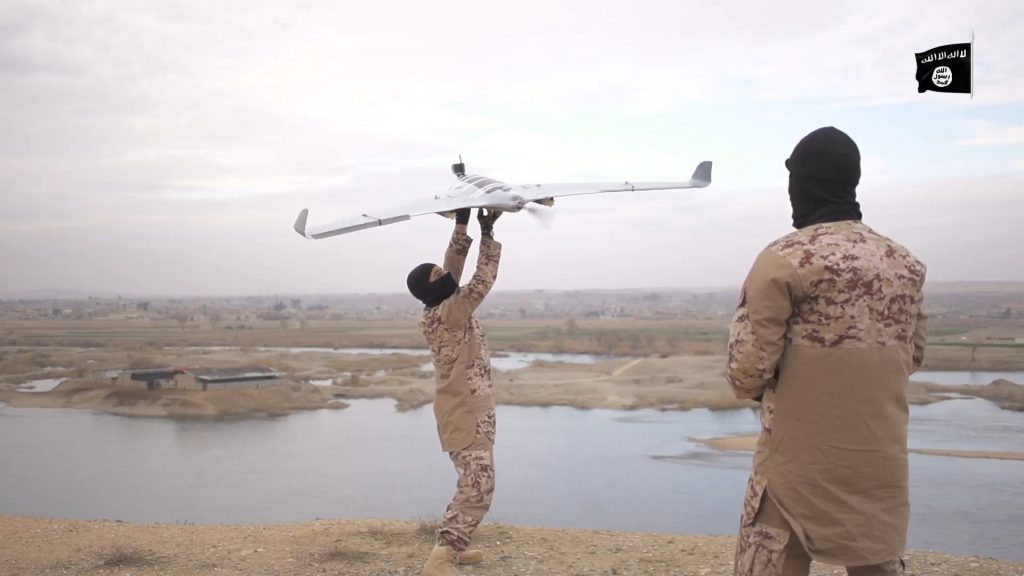
The recent carnage in Sri Lanka could be indicative of something even more profound and worrisome, like reported by ejinsight.com.
As the threshold for launching terrorist attacks is getting lower and lower, they could become increasingly frequent around the world in the days to come.
In particular, the rapidly growing prevalence of drones has allowed terrorists to mount attacks against targets in a much more “cost-effective” yet less risky way.
For example, all it takes for terrorists to launch a deadly attack is to fly a drone loaded with explosives over a specific target and then detonate it.
Suffice it to say that nowadays drones pose a very real and imminent global security threat.
It has become very easy and totally feasible for an average individual to plot a small-scale “attack” against, say, one’s ex-girlfriend or ex-boyfriend by using a drone carrying toxic substances.
It would be equally feasible for a terrorist to escalate the scale and intensity of “drone attacks” by using not one, but multiple drones, against any chosen target simultaneously.
Actually, this has been done already by Islamic State (IS) during its later stage: the group has successfully launched multiple “air strikes” against enemy positions using a large number of drones.
The IS, of course, was doing this mainly because it didn’t have the necessary resources to build its own conventional air force.
Nevertheless, this unique form of “remotely controlled” air strikes could also have been a set of experiments carried out by the IS to test its future mode of terrorist attacks.
Apart from terrorist strikes, drones have also proven an efficient tool for political assassinations.
For example, both Turkish President Recep Erdoğan and his Venezuelan counterpart Nicolas Maduro have almost fallen victim to “drone assassinations” when attending public events.
Once people are getting more familiar with operating this new mode of assassination, it is very likely that the drone may be a tool in mounting such a potential attack in the future.
In order to stop that scary scenario from becoming a reality, governments around the world have already been devising measures to prevent drone attacks and developing the related technologies, but only with limited progress.
That’s because guarding against drone attacks has turned out to be a lot more difficult than expected even in the context of existing technologies, let alone the future artificial intelligence (AI) world.
In December last year, for example, Gatwick Airport in southeast England, Britain’s second busiest airport, had to ground all flights and shut down for 36 hours after a number of drones were seen repeatedly flying over its runways.
Luckily, as the British authorities later found out, these drones were actually flown by protesters, not terrorists.
In Japan, the government has conceded that up to 40 percent of the country’s military facilities aren’t drone-proof.
And it would definitely be harder to prevent drone attacks against “soft” civilian targets such as hotels and churches in the metropolis.
Even though we might still be going through a transitional period of “information gap” between attacks and defenses, it is indeed not difficult to form a picture in the mind that the next wave of Sri Lankan-style terrorist strikes might become completely mechanized and would no longer require any suicide attackers.
Just imagine this: the recent attacks in Sri Lanka could have resulted in a lot more casualties and created much more fear among the local public if they had been carried out using drones that could hit multiple targets at the same time.


